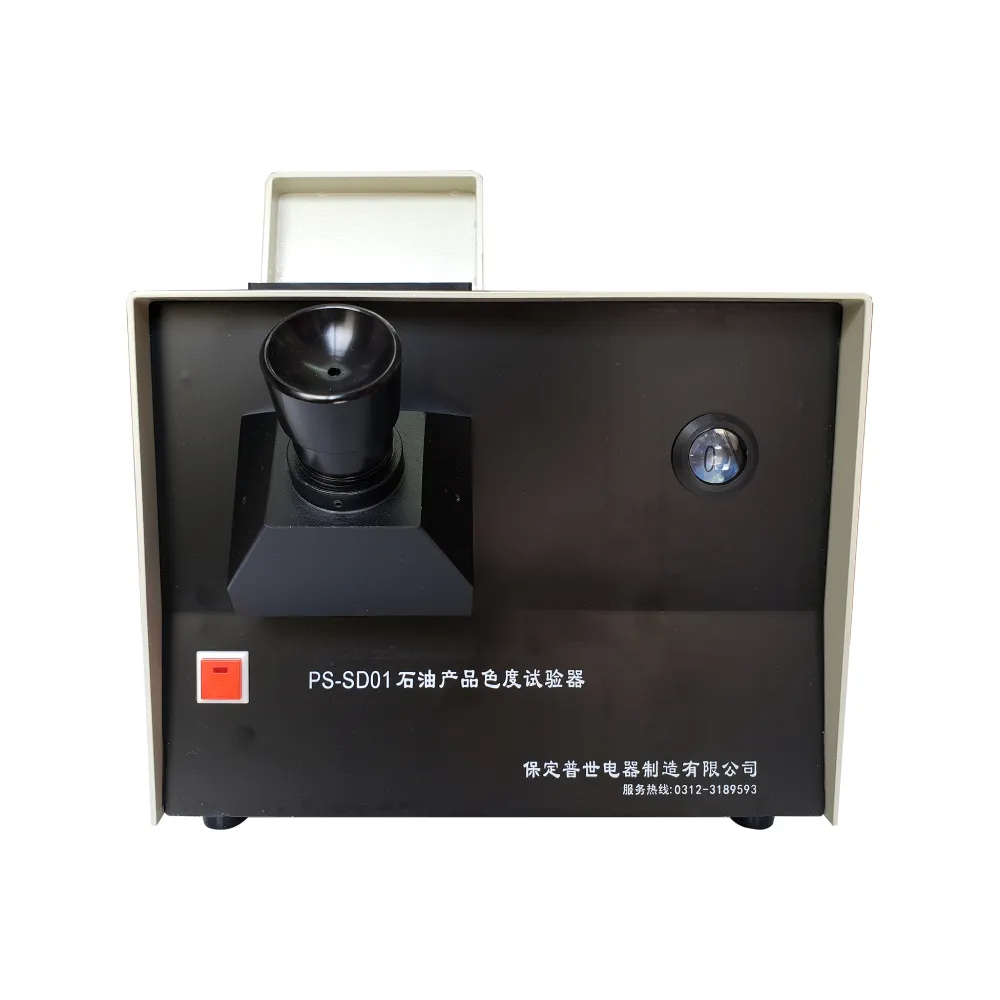 English
English



-
 Afrikaans
Afrikaans -
 Albanian
Albanian -
 Amharic
Amharic -
 Arabic
Arabic -
 Armenian
Armenian -
 Azerbaijani
Azerbaijani -
 Basque
Basque -
 Belarusian
Belarusian -
 Bengali
Bengali -
 Bosnian
Bosnian -
 Bulgarian
Bulgarian -
 Catalan
Catalan -
 Cebuano
Cebuano -
 China
China -
 China (Taiwan)
China (Taiwan) -
 Corsican
Corsican -
 Croatian
Croatian -
 Czech
Czech -
 Danish
Danish -
 Dutch
Dutch -
 English
English -
 Esperanto
Esperanto -
 Estonian
Estonian -
 Finnish
Finnish -
 French
French -
 Frisian
Frisian -
 Galician
Galician -
 Georgian
Georgian -
 German
German -
 Greek
Greek -
 Gujarati
Gujarati -
 Haitian Creole
Haitian Creole -
 hausa
hausa -
 hawaiian
hawaiian -
 Hebrew
Hebrew -
 Hindi
Hindi -
 Miao
Miao -
 Hungarian
Hungarian -
 Icelandic
Icelandic -
 igbo
igbo -
 Indonesian
Indonesian -
 irish
irish -
 Italian
Italian -
 Japanese
Japanese -
 Javanese
Javanese -
 Kannada
Kannada -
 kazakh
kazakh -
 Khmer
Khmer -
 Rwandese
Rwandese -
 Korean
Korean -
 Kurdish
Kurdish -
 Kyrgyz
Kyrgyz -
 Lao
Lao -
 Latin
Latin -
 Latvian
Latvian -
 Lithuanian
Lithuanian -
 Luxembourgish
Luxembourgish -
 Macedonian
Macedonian -
 Malgashi
Malgashi -
 Malay
Malay -
 Malayalam
Malayalam -
 Maltese
Maltese -
 Maori
Maori -
 Marathi
Marathi -
 Mongolian
Mongolian -
 Myanmar
Myanmar -
 Nepali
Nepali -
 Norwegian
Norwegian -
 Norwegian
Norwegian -
 Occitan
Occitan -
 Pashto
Pashto -
 Persian
Persian -
 Polish
Polish -
 Portuguese
Portuguese -
 Punjabi
Punjabi -
 Romanian
Romanian -
 Russian
Russian -
 Samoan
Samoan -
 Scottish Gaelic
Scottish Gaelic -
 Serbian
Serbian -
 Sesotho
Sesotho -
 Shona
Shona -
 Sindhi
Sindhi -
 Sinhala
Sinhala -
 Slovak
Slovak -
 Slovenian
Slovenian -
 Somali
Somali -
 Spanish
Spanish -
 Sundanese
Sundanese -
 Swahili
Swahili -
 Swedish
Swedish -
 Tagalog
Tagalog -
 Tajik
Tajik -
 Tamil
Tamil -
 Tatar
Tatar -
 Telugu
Telugu -
 Thai
Thai -
 Turkish
Turkish -
 Turkmen
Turkmen -
 Ukrainian
Ukrainian -
 Urdu
Urdu -
 Uighur
Uighur -
 Uzbek
Uzbek -
 Vietnamese
Vietnamese -
 Welsh
Welsh -
 Bantu
Bantu -
 Yiddish
Yiddish -
 Yoruba
Yoruba -
 Zulu
Zulu
Testing Equipment for High Voltage Insulation Assurance and Safety Compliance
Understanding the Hipot Test Machine Ensuring Electrical Safety
In the realm of electrical engineering and safety compliance, the Hipot test machine plays a vital role. Hipot, short for high potential, testing is a standard procedure used to verify the insulation quality of electrical devices and systems. The purpose of this testing is to ensure that equipment can operate safely under high voltage without leaking current or causing electrical shock. This article explores the importance of the Hipot test machine, its operation, and its implications for safety standards.
The Importance of Hipot Testing
Electrical insulation systems are critical for the safe operation of electrical devices ranging from simple household appliances to complex industrial machinery. If the insulation fails, it can lead to catastrophic outcomes, including electric shocks, fires, and equipment damage. Therefore, the Hipot test is essential in both manufacturing and maintenance phases of electrical equipment. It helps identify potential insulation failures before the equipment is put into service or while being used in the field.
As regulatory standards for electrical safety become increasingly stringent worldwide, the Hipot test machine has gained prominence in compliance testing. Industries must adhere to international standards such as IEC and UL, which mandate rigorous testing to ensure consumer protection and avoid liability issues.
How the Hipot Test Works
The Hipot test machine applies a high-voltage current to the insulation of an electrical device. This high voltage is significantly greater than the device's normal operational voltage—often in the range of hundreds to thousands of volts, depending on the application. The process typically consists of the following steps
hipot test machine

2. Setting Parameters The operator configures the Hipot test machine by selecting the appropriate test voltage and duration, guided by the manufacturer's specifications.
3. Testing The machine applies the high voltage to the device, which is monitored for any current leakage. If the insulation is adequate, only a negligible amount of current will flow; if the insulation fails, it may break down, leading to a significant current flow.
4. Results Interpretation After the test concludes, the results are analyzed. A successful test indicates that the insulation can withstand the applied voltage, while a failure indicates the need for repair or redesign.
Applications Across Industries
Hipot testing isn't confined to a single sector but spans various domains, including power generation, manufacturing, telecommunications, and consumer electronics. In the automotive industry, for instance, vehicles are subjected to Hipot tests to ensure that their electrical systems are safe and reliable. Similarly, medical devices, which require strict compliance due to their impact on human health, undergo thorough Hipot testing to prevent electrical shocks to patients during operation.
Conclusion
The Hipot test machine is a cornerstone of electrical safety and compliance in today's technology-driven world. By ensuring that electrical devices can handle high voltages without failing, it protects consumers, manufacturers, and the environment alike. As electrical systems evolve and expand, the importance of thorough testing will only increase, underscoring the need for reliable and effective tools like the Hipot test machine. The ongoing commitment to safety and reliability in manufacturing and maintenance practices is essential for promoting technological advancements while safeguarding public health and safety.
-
Testing Equipment Industry Sees Major Advancements in 2025: Smart & Precision Technologies Lead the WayNewsJun.06,2025
-
Applications of Direct Current Generators in Renewable Energy SystemsNewsJun.05,2025
-
Hipot Tester Calibration and Accuracy GuidelinesNewsJun.05,2025
-
Digital Circuit Breaker Analyzer Features and BenefitsNewsJun.05,2025
-
Benefits of Real-Time Power Quality Monitoring Devices for Industrial EfficiencyNewsJun.05,2025
-
Earth Fault Loop Testing in High-Rise Building Electrical SystemsNewsJun.05,2025



